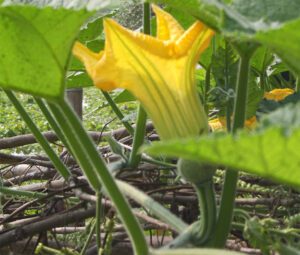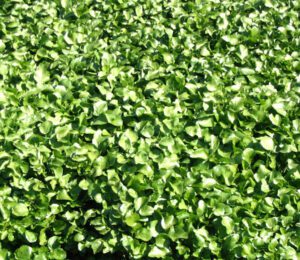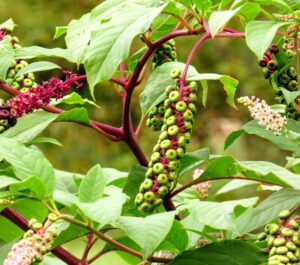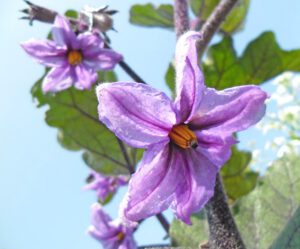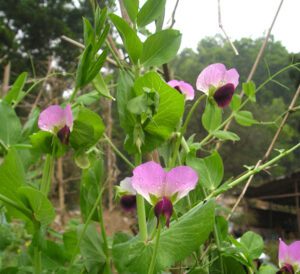Growing parsnips organically in home garden is very easy. If you are a beginner home gardener, then you should try growing parsnips in your home garden. Parsnip (pastinaca sativa) is actually a root vegetable and is closely related to the carrot and parsley.
Parsnips are hardy, cool-season crop that is generally best harvested after a hard frost. They require less care and you can easily start growing parsnips in your home garden.
Parsnips are not only tasty in soups and stews, but can also be enjoyed in many different cooking methods. Raw parsnips are also great in taste.
It is very nutritious and high in vitamins and minerals (especially potassium). Generally 100 grams parsnips contain about 75 Calories of energy.
Depending on the variety, raw parsnip consist of about 5% dietary fiber, 0.3% fat, 1% protein, 5% sugar and about 80% water.
And consumption of parsnips has potential health benefits. However, growing parsnips organically in home garden can be an excellent way for enjoying this nutritious vegetable.
How to Grow Parsnips
Growing parsnips in home garden is very easy. Parsnips are actually biennials, but generally grown as annuals. They are very hardy, cool-season crop.
And they are best harvested generally after a hard frost. However, here we are describing everything about growing parsnips from planting, caring to harvesting.
Choose a Variety
First of all, choose the right variety for growing parsnips in your home garden. Avonresister, Cobham Improved Marrow and Gladiator are some good and popular varieties that you can choose for growing parsnips in your home garden.

Purchase Seeds
After choosing the right variety, purchase good quality seeds from any of your nearest seed supply stores.
Growing parsnips is very popular among the home gardeners, so the seeds should be easily available within your area.
Today, there are also some suppliers available with online shop. So, you can also consider ordering the seeds online. Just ensure the seeds are of very good quality.
Best Time for Growing Parsnips
Parsnips are cool-season crop, and they are best grown in the colder months. They can even tolerate frost (they are actually best harvested after a hard frost).
Preparing the Soil
Parsnips grow well in sandy, loamy or sandy-loamy soil. They are best grown in full sun, but also do well in partial shade.
You should avoid clay soil for growing parsnips. However, prepare the soil before planting parsnip seeds by tilling the soil and adding organic fertilizers.
Loosen the soil to a depth of about 12-15 inches and mix fertilizers. Well-rotted aged manure and homemade compost will be very good for using as fertilizers while growing parsnips. Remove any rocks or weeds from the soil while preparing the soil.
Planting Seeds
Parsnips are grown from seeds. So always try to use fresh seeds for growing parsnips organically in your home garden.
After preparing the soil and adding organic fertilizers, level the soil and mark several rows.
Then sow seeds at the rate of 2 seeds per inch, and into 0.5 inch deep. After sowing the seeds, you can expect germination within 2-3 weeks.
Caring
After planting the seeds, parsnip plants will require additional caring. And additional caring will ensure good growth of the plants and maximum yield. Here we are describing more about the caring steps for growing parsnips in home garden.
Fertilizing: Applying additional fertilizers is not required for growing parsnips, if you have already prepared the soil perfectly.
Watering: Adequate watering is required for growing parsnips. Because without enough water, the growing parsnips or roots will be tough and flavorless.
Mulching: Mulching will help to keep the soil most constantly and it will also help to control weeds from the garden. Use organic materials for mulching such as straw, hay, grass clippings, compost, dry leaves etc.
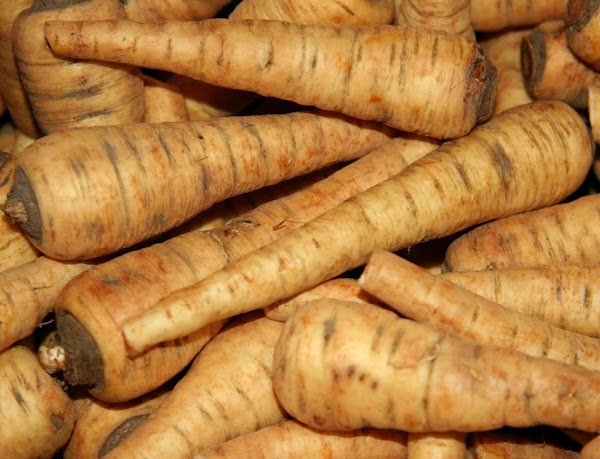
Controlling Weeds: You should remove the weeds while preparing the soil for growing parsnips. You can control the weeds by hand if you notice additional weeds. Weeds consume nutrients from the soil and hamper the growth of the parsnip plants. So preventing them is important.
Thinning: Parsnips don’t grow well if they are overcrowded. So thin the seedlings to 3-6 inches apart.
Pests and Diseases
Pests and diseases are relatively lees in the parsnip plants. Although aphids, leaf miners and carrot rust flies are some common pests for the parsnip plants.
You can destroy the affected leaves or entire plants. Using homemade organic pesticides will also be helpful for preventing all these pests from your garden.
Harvesting
Parsnips are not among the very fast growing vegetables. They will take up to 16 weeks to become mature. You can leave the parsnips in the ground for a few frosts, but you should harvest before the ground freezes.
Use a thick layer of mulch if you leave them in the ground for the winter, and harvest immediately after the ground thaws in the spring. Actually these parsnips will be much sweeter than the fall harvest.
These are the common ways for growing parsnips organically in home garden. Hope you have enjoyed this guide! Happy gardening 🙂

